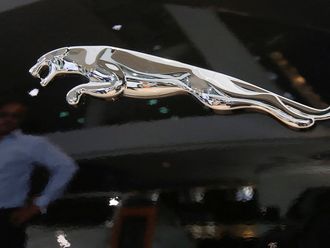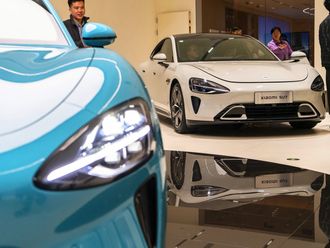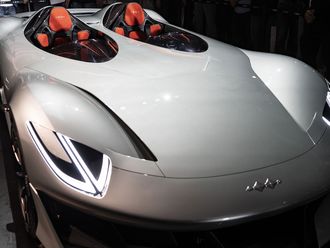On August 1, 1981 MTV aired the first ever music video, appropriately called ‘Video Killed the Radio Star’. That was a watershed moment in the history of music, as from being mainly an audio experience, it became a visual experience as well.
This also created a revolution in the way music was being marketed and merchandised, with the artists’ visual appeal becoming equally, if not more, important than their singing talent. Just as developments in television broadcast technology created a revolution in the music industry, in much the same manner, technology is also shaping a revolution within the retail industry.
Adopting technological advancements faster than competitors would create a distinct advantage for retailers – some of these could be:
* Radio Frequency Identification (RFID) – The ability to understand how shoppers actually behave in-store has always been the Holy Grail for retailers. The problem is that in typical research surveys, consumers claim to behave in a certain way, but actually behave very differently when they are in-store.
Using technology like RFID sensors, retailers can track actual navigation patterns in store, time spent at various aisles and fixtures, and marry that with actual purchase data to generate insights based on actual behaviour rather than just claims.
* Eye tracking – This can be used to understand how the shopper visually navigates through any stimulus, like a shelf layout. Retailers can use this to design more effective retail environments, that could, for example, lead to more offtake of higher value items.
* QR (or quick response) Codes – These are increasingly becoming popular to convey information via smartphones with scan capability. A scan of the digital QR code can take the consumer to pre-programmed material that could be an ad, a promotional code or even more information about the product specs and sourcing. Creative use of QR codes could help create a much more engaging shopping experience.
* Location based targeting — This is the ability to target consumers within a small radius of a retail store with specific information about product and promotions, via bluetooth. While this technology is still in early stages, solutions like iBeacon from Apple and Weve are already being used by companies like Apple and Tesco in more developed markets.
* Virtual reality — With advancements in technology, virtual reality is no longer a case of clunky headgear, but can soon be incorporated into retail stores. It would be useful especially for apparel brands, where shoppers can try out different designs on their virtual avatars. Further, facial recognition could also be incorporated, which reads the shoppers expressions and offers designs that are more likely to appeal to the shopper.
* Near Field Communication (NFC) — This is the ability for devices in close proximity to communicate with each other. With the advent of NFC, mobile phones would be able to facilitate purchases by communicating with the store’s billing machine, making even credit cards obsolete.
Given that the UAE has a modern trade-based retail environment, there is no doubt that some of these innovations will gain popularity in this market. The implementation of these would also require the telecommunications infrastructure to keep pace and with 5G connectivity not too far in the horizon, we can expect to see a significant application of technology in the retail space.
— The writer is the CEO of AMRB, a Dubai based research consultancy.












